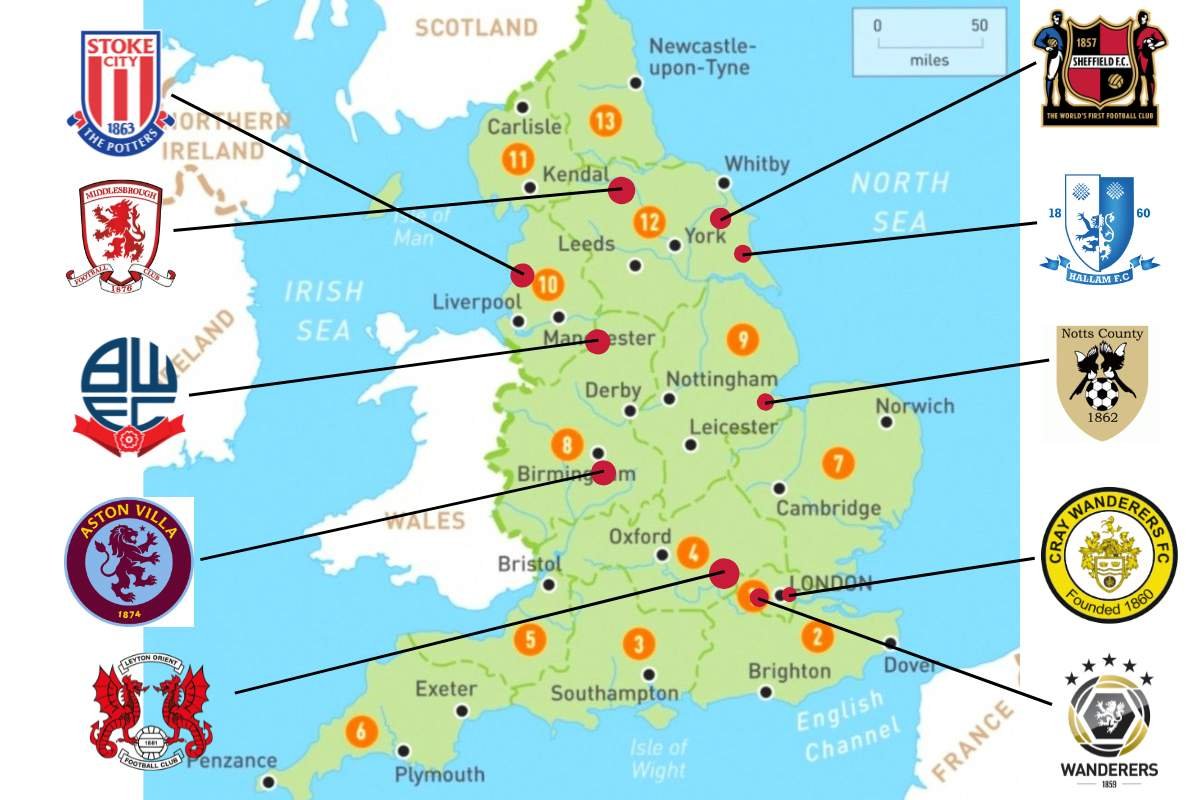Now more than ever, business owners need to have their finger on the pulse of their company. The fragility of the economic system is evident, as costs increase and customer habits change. You need to have the right tools at hand to give you the knowledge and insight you need to make informed, strategic decisions for the best interests of your business. What can help you to do that?
In this regard, sales reporting software is your friend, an asset to your team.
With this handy tool in your pocket, you can have a deeper look at your sales process and team productivity. With this knowledge at your disposal, you can track and understand the strengths and weaknesses of your revenue cycle.
So, what exactly is sales reporting software?
Sales reporting software has the aim of increasing your efficiency and revenue, which is always a good thing. It organises the main steps of sales management, sales processes, and lead tracking. Remarkably, the vast majority of companies still stick to manual sales tracking, using spreadsheets or even paper to record their sales reports. These traditional methods might work for small offices making few sales, but it’s still not the ideal solution.
The customer experience is inhibited, sales staff time is used inefficiently and there is a substantial drop in closed deals. Sales reporting software provides process workflows so they every member of the team knows what to do to make their sales successful. As technology progress, some reporting software platforms have become so intelligent that they can analyse the information available and go on to suggest the best follow-up action.
The Common Features of Sales Reporting Systems
Common features of sales reporting software include:
- Pipeline Management. This helps you to categorise and prioritize your sales leads into groups and go one to create seamless processes from prospect to deal closure. It gives you the information you need to identify the next best actions to take to increase your chances of engagement and positive outcomes.
- Pipeline Editing. This tool helps you assign portions of the pipeline to specific teams, providing them with a customised workflow for them to follow.
- Collaboration Tools. The feature of collaboration tools optimizes teamwork by showcasing the duties of everyone in the team, supporting a handoff between members of the team and ultimately preventing redundancy in sales related tasks.
- Cycle management. This helps you to manage sales and buying cycles. This would be especially useful if your business offers subscriptions or gets a lot of revenue from post-sale follow ups.
- Next best actions. Even with all the information you have available, it can be hard to know what to do with it. This feature helps you to work out the best actions to take, perhaps using predictive analytics, so that you can improve sales outcomes. Over time, the software’s suggestions will improve as it gets to know the habits and trends of your customers.
- Integration with social media. Social media is essential to your sales so being able to integrate with your reporting software is certainly an asset to your success.
- Content management. This function to integrate with a CMS saves a lot of time looking for sales materials.
Keep Your Eyes on The Trends on the Future
There are few up and coming trends of the sales reporting market that business owners do well to consider when it comes to choosing the right reporting software for their business.
- Improved User Experience. Today’s reporting software options are designed to make the user experience even easier and streamlined. The interfaces are clearer and easier to use and understand.
- Organised Account Intelligence. You need the right information at the right time, not to be overwhelmed by an influx of information.
- Relevant Training. Sales departments commonly have quite a frequent turn-over so training for new staff is essential. Tooltips, hints, and cues help to train the new staff members as they work.
- Predictive Analysis. As technology improves and the capabilities of the software become increasingly intelligent, you can see the responses and predictions for questions regarding deals and future accruements.
Sales reporting focuses on the key performance indicators (KPIs) to evaluate the effectiveness of the sales processes and that the results match the targets set forth in the sales planning. Sales reports provide managers with the accurate and reliable information they need to make the best decisions. They are also invaluable to top management members too, as they can give the authorisation for other departments proposals. Additionally, sales reports are a great tool for investors, partners, and government so it’s worth the investment in the right reporting software option for you and your business.
How Often Should You Run a Sales Report?
Frequent sales reports are essential, and daily reports are even more beneficial. It will help you and managers to identify problems and areas of concern quickly and solve them before they cause problems further down the chain. Daily reports sales reports help business to understand the challenges of the workplace and advise on remedial measures early on. Automated reports don’t take much work either, so you won’t spend a lot of time running them or setting them up.
The benefits will greatly outweigh any time you spend initially establishing the report. Every day you are having to make important decisions that can have a big impact on your business, but with the daily updates of sales information, you’ll be prepared to make any necessary decision when it arises.
The Bottom Line: Deciding on the Best Software Option for Your Business
Sales reporting software assists sales representatives to manage their person progress and it helps managers to monitor the success of their staff as they work towards their goals and who might need more assistance in their role. It helps you to have a good idea of future endeavours so you can predict upcoming twists and turns in the road of business, as best as you can in the unstable environment that we currently work in.





